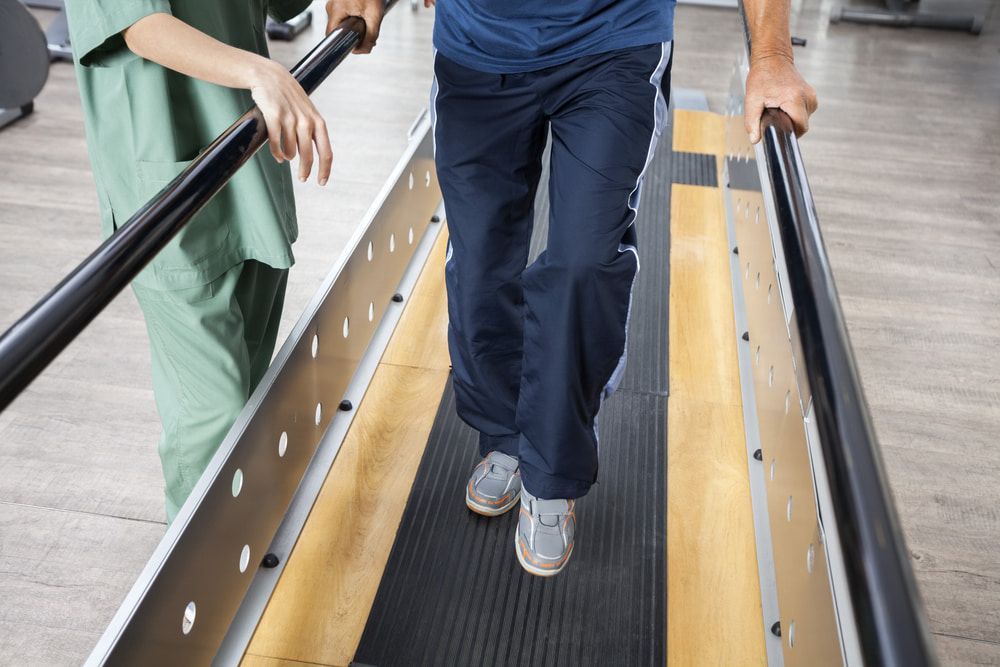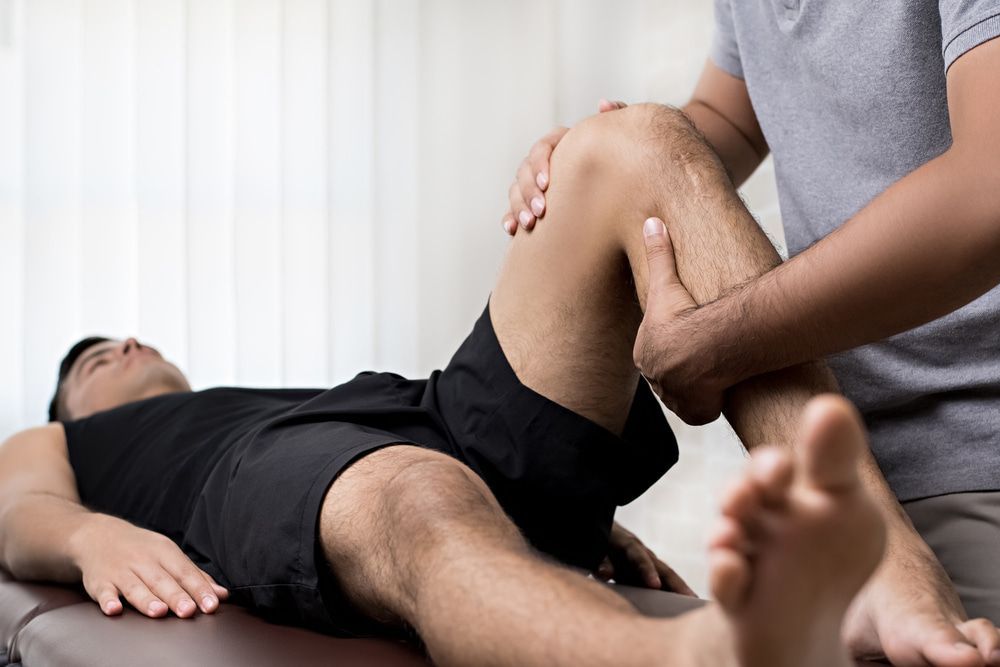Prevent Injuries with Sports Physio on the Sunshine Coast
Tailored Treatment Plans
Exercise & Rehabilitation for Recovery
Sports Injury Management & Prevention
Welcoming & Supportive Clinic
Sports Injury Assessment & Treatment
At Physiocare, we offer tailored diagnosis and treatment of sports injuries to help athletes and active individuals across the Sunshine Coast recover quickly and efficiently. Based in Maroochydore, our sports physios see patients from Buderim, Mooloolaba and beyond.
Sports injuries are injuries that occur during athletic activities or exercise, often caused by overuse, improper technique or physical impact. Common sports that lead to injuries include football, rugby, tennis, running and basketball. These sports typically involve sudden movements, repetitive actions and physical contact, increasing the risk of injury.
Our sports physios use the latest techniques and equipment to help enable recovery and future injury prevention. Physiotherapy can help reduce pain, improve mobility and restore function. Through a combination of manual therapy, targeted exercises and tailored treatment modalities, we assist our patients in regaining strength, flexibility and overall performance.
At Physiocare, our comprehensive approach to sports injury management ensures you receive appropriate care. Contact us on
(07) 5443 5695 to book.
Common Sports Injuries
At Physiocare, we offer treatment for a variety of sports injuries, each requiring a specific approach:
- Sprains: Sprains occur when ligaments are stretched or torn due to sudden twists, falls or impacts, commonly affecting the ankles, knees and wrists. These injuries cause pain, swelling and joint instability. Treatment typically includes rest, ice, compression, elevation (RICE), physiotherapy and, in severe cases, immobilisation or surgery to promote healing and restore stability.
- Ligament Tears: Ligament tears, such as those involving the ACL in the knee, often result from high-impact activities or sudden changes in direction. These injuries disrupt joint stability, causing significant pain and swelling. Treatment typically ranges from physiotherapy for mild cases to surgical repair and extensive rehabilitation for complete tears to ensure proper recovery and joint function restoration.
- Tendinopathy: Tendinopathy is a broad term covering a range of conditions affecting tendons. Largely due to repetitive motion and overuse, commonly affecting the shoulders, elbows, knees and ankles. Activities such as tennis, golf and running are frequent culprits. Treatment focuses on reducing any acute inflammation through rest, ice, anti-inflammatory medications followed by physiotherapy, including exercises to improve tendon load tolerance, facilitate technique changes and prevent recurrence.
- Stress Fractures: Stress fractures are small cracks in bones caused by repetitive force or overuse, often seen in athletes involved in running and jumping sports. These fractures result in localised pain and tenderness in weight-bearing bones like the tibia and metatarsals. Treatment typically involves rest, activity modification and a gradual return to activity, supported by a rehabilitation program to enhance bone strength and biomechanics.
We also address other sports-related injuries including strains and overuse injuries. At Physiocare, we provide a comprehensive approach to sports injury management, offering personalised exercise and rehabilitation programs for every patient.
Frequently Asked Questions
-
What is the most common sports injury?
The most common sports injury is a sprain, particularly ankle sprains, which occur when ligaments are stretched or torn. These injuries often result from sudden twists or impacts during activities like running or jumping. Proper warm-up, strength training and using appropriate footwear can help reduce the risk of sprains.
-
What should I do immediately after a sports injury?
After a sports injury, stop activity and follow the RICE method: Rest, Ice, Compression and Elevation. Protect the injury, assess its severity and avoid heat and massage. Seek medical attention if the injury is severe, causes significant pain or doesn’t improve with initial care.
-
What treatments are available for sports injuries?
Treatments for sports injuries typically include a combination of rest, ice, compression and elevation (RICE), along with physiotherapy. Physiotherapy may involve manual therapy, Graston technique, dry needling and therapeutic exercises. In severe cases, surgical intervention might be necessary, followed by a structured rehabilitation programme.
-
How can I safely return to sports after an injury?
To safely return to sports after an injury, follow these steps:
- Follow a Rehabilitation Plan: Complete prescribed physiotherapy and exercises.
- Gradual Progression: Slowly increase intensity and duration of activity.
- Listen to Your Body: Stop if you feel pain or discomfort.
- Use Protective Gear: Wear appropriate support or braces.
- Warm Up & Cool Down: Always perform proper warm-up and cool-down exercises.
- Stay Consistent: Maintain regular practice and conditioning to prevent re-injury.
Want more info?
asdasdasd
Thank you for contacting Physiocare.
I'll get back to you as soon as I can.
Please try again later.
Get in Touch
ABN: 54 892 442 246
Site Links
Physiotherapist
Exercise & Rehab
Sports Injury
Trading Hours
- Monday
- -
- Tuesday
- -
- Wednesday
- -
- Thursday
- -
- Friday
- -
- Saturday
- Closed
- Sunday
- Closed









